Freezing rain, sleet, high winds, heavy snow, ice, and extreme cold can present serious hazards, so it’s imperative that your homestead is ready. Whether or not you think it’s too early, it’s always a good idea to begin prepping your homestead for the winter.
Preparation For Power Outages
Cold temperatures and winter storms can be hazardous. Keep your homestead and family healthy and safe by planning and preparing for power outages. Even if power disruptions are infrequent in your area, it’s important to be prepared.
Related Post: Masonry Heater
Ensure you have an adequate supply of heating fuels. You will likely have difficulty obtaining firewood, heating oil, or propane in the immediate aftermath of a winter weather event. Stock up in the fall when fuel supplies are plentiful, and prices tend to be lower. Additionally, make sure your homestead has a safe alternate heating source and an adequate supply of alternative fuels available. Never heat your home with a gas oven or stove.
Consider installing an alternate source of electric power such a gas powered generator or a solar battery backup system.
Preparation For Fire And Carbon Monoxide Leaks
First things first, check the batteries in your smoke detectors. You should also inspect all home fire extinguishers, making sure they are serviced and in good working order. Additionally, inspect, service, and test supplemental electric space heaters.
In general, make sure to keep generators, camp stoves, and grills out of the home, shop, garage, or basement. Generators should be located a minimum of 30 feet from the home. Now is a good time to make sure that the generator is serviced, in good repair, and that you have the spare parts and fuel you may require during extended emergency usage.
Carbon monoxide (CO) is a deadly, colorless, odorless gas. Symptoms of carbon monoxide poisoning include weakness, dizziness, vomiting, confusion, and chest pain. Prevent a CO emergency by installing a CO detector to alert you to the presence of this deadly gas. Don’t forget to test the system. Remember to change the batteries in the CO detector twice a year; when you change clocks in fall and again in the spring.
General Emergency Preparedness
Update your family’s emergency readiness kit. Make sure you have flashlights, a battery-powered lantern, extra batteries, and a battery operated NOAA (National Oceanic and Atmospheric Administration) weather radio. Check the first aid kit and make sure you have an adequate supply of any prescription medications or medical supplies you or your family may require during a prolonged weather event.
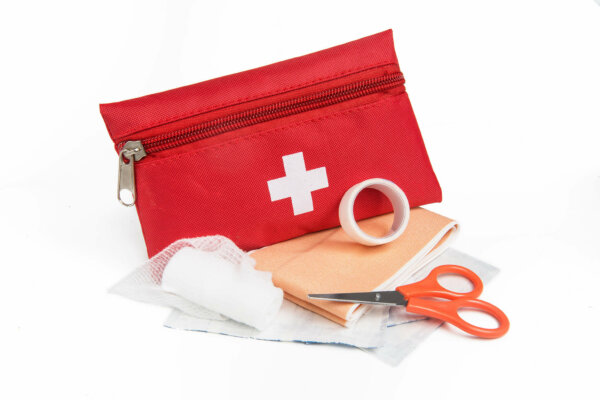
Family members may be apart when an extreme winter weather event occurs. Make sure you have a family disaster readiness plan, so that family members know how to contact each other to get back together during the emergency. Be sure to invest in a solar charger for cell phones. Plan to check on disabled or older family members and neighbors to assist as needed.
Ensure you have emergency food and water on hand that can last for at least a week. Stockpile food that does not require refrigeration and be sure to include at least one gallon of water daily per person. Don’t forget animal food and additional water for pets and livestock.
Avoiding Common Winter Weather Related Injuries
Plan to keep your home safe and accessible when snow and ice accumulate on stairs, walkways, and driveways. Alleviate this potential hazard by making sure you have a snow shovel, a de-icing compound, sand, or kitty litter on hand to improve traction. Make sure to service or repair any snow removal equipment.
You can avoid a nasty fall by inspecting all handrails and guardrails installed on home decks, ramps, and stairways to ensure they are sturdy, stable, and in good repair. Installing energy efficient floodlights and motion sensors can also reduce any slips and falls when darkness begins to come earlier.
Save On Utility Bills
If hefty utility bills put a serious dent in your household budget, stop the money drain. A few simple maintenance steps before cold weather arrives will help ensure your home stays warm and cozy all winter long while you reduce your overall energy consumption. As the saying goes: “use less, spend less.”
Furnace And Chimney Maintenance
Make sure to inspect your furnace. Seal and insulate central heating ducts, as these can be a significant source of heat loss in the home. Vacuum all HVAC vents and ductwork from dust accumulation and sediment that can cause your heating system to work less efficiently, or present a potential fire hazard. A proper cleaning and professional maintenance can reduce that risk by making sure your heating system is working properly and is correctly vented to the outside.
If you use hot water radiators to heat your home, bleed valves to increase heating efficiency. Replace older and less efficient thermostats with programmable units that save on energy consumption. During the chilly days of winter, your heating system will likely be running continuously. It’s important to remember to change your HVAC filters monthly to keep your heating system running at peak performance. A dirty filter decreases airflow and reduces heating system efficiency.
Related Post: Keeping Chickens In Winter
If you heat your homestead with a wood burning stove or fireplace, it is important that you have your chimney inspected and cleaned by a professional before you use it this fall. Inspection of the firebox and flue system will ensure that they are free from creosote and soot.
Avoiding Cold Drafts
Warm interior air will escape through cracks around doors and windows, making your heating system work that much harder to maintain a comfortable temperature.
- Check all wooden window frames for signs of rot or damage and repair as needed.
- Caulk cracks and openings around stationary home components such as door frames.
- Install weather stripping to prevent cold winter air from entering around operable elements that move such as windows.
- Replace all window screen and door screens with storm windows and storm doors.
If you utilize window air conditioning units to cool your home, remove them from the windows or wrap them with insulation to prevent drafts. Covering all vents with insulated covers will not only stop cold drafts but also prevents birds, insects, and rodents from coming inside to build winter nests in a warm spot in your house.
When it comes to insulation, make sure to seal areas around plumbing vents, recessed lighting fixtures, and the attic entry to keep warm air from seeping into the attic. Warm air rises and exits the home through the roof, so its important to make sure your attic is properly insulated.
If your home was cold and drafty last winter, installing adequate attic insulation to provide a draft free barrier between the interior of the home and the attic will help stop the cold flow of winter drafts. You’ll be pleasantly surprised at how much you will save on energy expenditures.
Evading Property Damage
Many costly and time consuming home and property repairs generated by the worst of Winter’s wrath can be avoided by a bit of preventive maintenance.
Water Damage And Wood Rot
Keeping gutters free from leaves and debris will help prevent ice dams that cause leakage and damage. Be sure to check the gutters for damage, rust, or wear spots that can generate leaks that can cause moisture to enter your home.
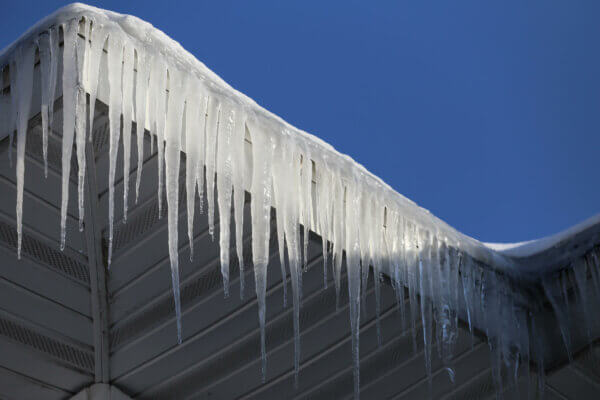
Inspect wooden walkways, stairways, steps, and decks for splintering or rotting wood. Repair, sand, and apply a weatherproof sealant as required to prevent further winter damage.
Avoid Foundation Leaks
Ensure rain and snow melt drain away from your home or barn. The grade of the soil surrounding your home should slope away from the foundation. Add topsoil and contour as needed to remedy the problem. In areas where water tends to pool and accumulate, consider installing a drainage system to divert the flow downslope.
Prep The Pipes
It is important to insulate any plumbing pipes that run along an exterior wall. In problem areas where pipes could be prone to freezing, consider wrapping the pipes with thermostatically controlled heat tape. Before the first frost, remember to drain and disconnect all garden hoses and irrigation systems. Insulate exterior faucets to prevent freezing and broken pipes.
Trim The Trees
High winds commonly accompany severe winter storms or a passing cold front. High winds can topple trees and result in roof damage and power outages. Remove rotting trees and branches around your home before they fall and cause injury or damage. Trimming trees that overhang the home will help to prevent broken tree limbs from falling on the roof and inflicting damage that allows water seepage into the home.
References:
- Be Prepared To Stay Safe And Healthy In Winter, Centers For Disease Control and Prevention
- Preparing For Winter Weather, FEMA
- 5 Ways To Prepare Your Home For Fall And Winter, Energy.gov
- Winter Storm Safety Tips, Massachussets Government


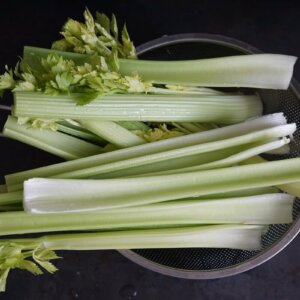


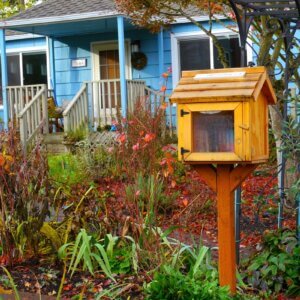
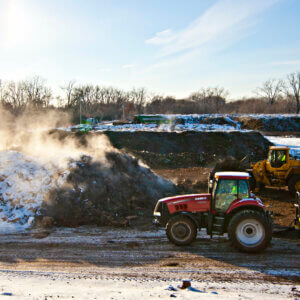

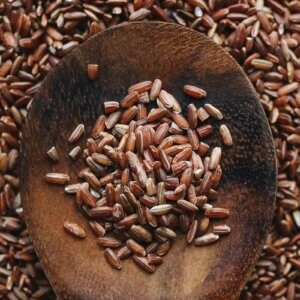
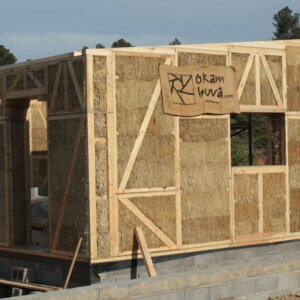


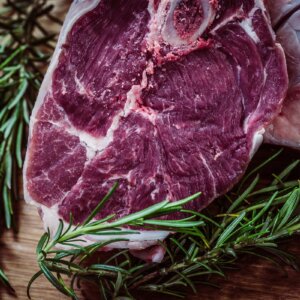

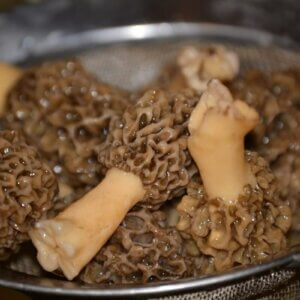
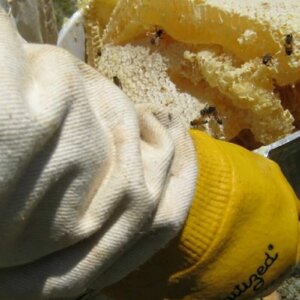
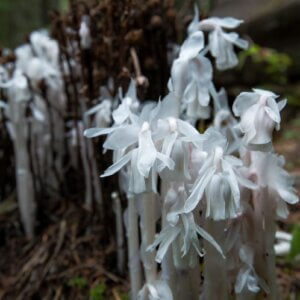



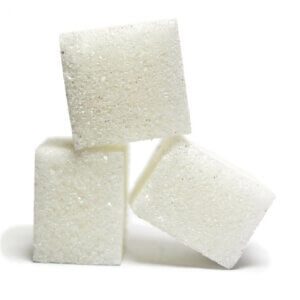

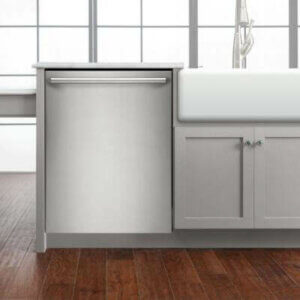

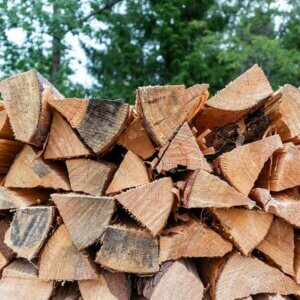

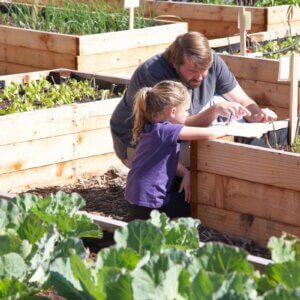





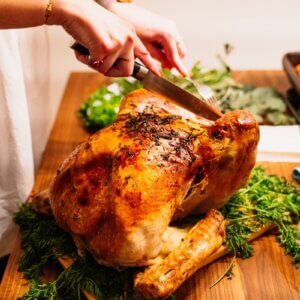
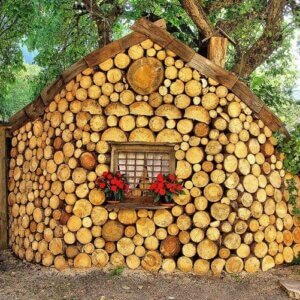


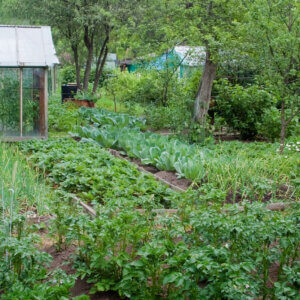
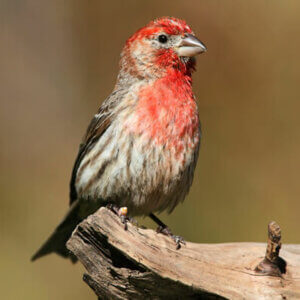

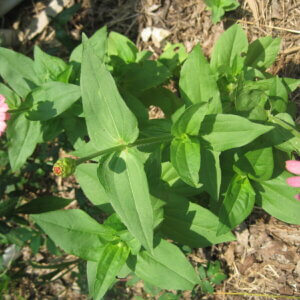


Leave a Reply